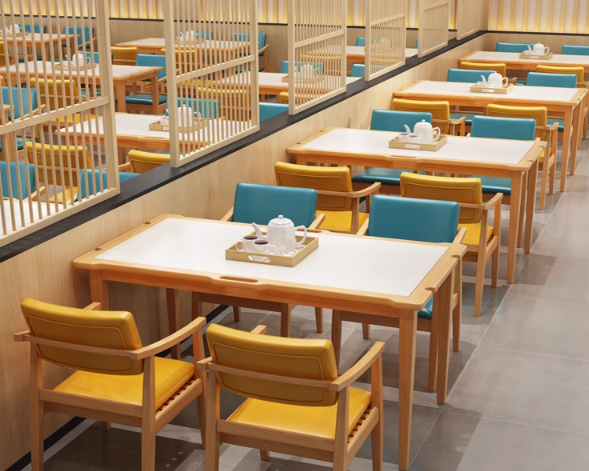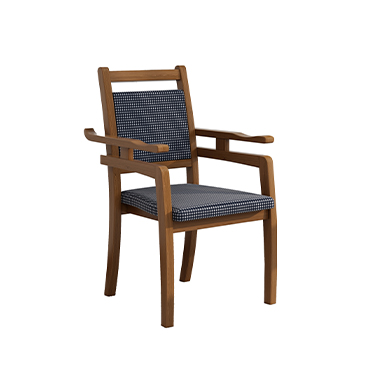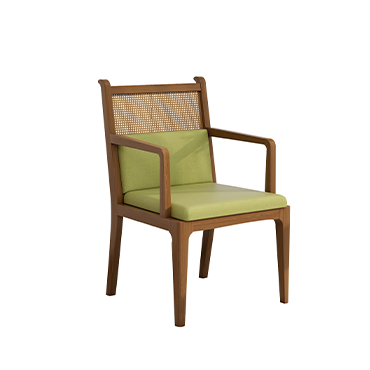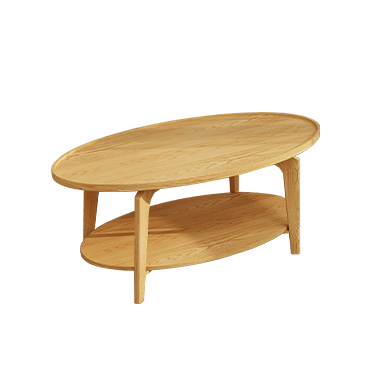The Market Share and Development Trend of Elderly-Friendly Furniture in the Furniture Industry
Aging Population Drives Demand for Elderly-Friendly Furniture
As the global population continues to age, the demand for elderly-friendly furniture is experiencing steady growth. According to projections from the United Nations, the number of people aged 60 and above will reach 2 billion by 2050, accounting for over 22% of the global population. In China alone, there were nearly 300 million elderly people as of 2023, making up more than 21% of the total population. This demographic shift is creating a significant opportunity for aging-in-place furniture solutions that enhance safety, comfort, and independence for seniors at home.
Current Market Share Is Still Emerging
Despite the growing need, elderly-friendly furniture currently holds only a small share of the overall furniture industry. Industry insights suggest that it represents about 2% to 5% of the total furniture market. This gap is mainly due to limited awareness, lack of standardization, and underdeveloped product design within the sector. However, as more families prioritize safety and comfort for their aging loved ones, demand for aging-in-place furniture is expected to grow rapidly.
Strong Potential to Surpass 10% Market Share
With support from government policies, a booming eldercare industry, and growing public attention to home safety, the market share for senior-friendly furniture is forecasted to exceed 10% within the next decade. Key application scenarios include home renovations for seniors, community eldercare centers, and assisted living projects. This growing sector offers tremendous opportunity for innovation and differentiation, especially for experienced senior furniture manufacturers.
Product Innovation and User-Centered Design
Today’s elderly-friendly furniture includes senior care chairs, anti-slip shoe benches, adjustable beds, and sofas with added support—all designed to reduce the risk of falls and improve usability. However, many products on the market still lack professional design tailored to the real needs of older adults. As awareness increases, the focus is shifting toward more thoughtful design, ergonomic features, and smart functionality. Intelligent aging-in-place furniture with safety sensors and adjustable functions is also gaining attention.
Conclusion: A Strategic Opportunity for Furniture Brands
The rise of the elderly-friendly furniture market reflects a deeper transformation in how we care for aging populations. For companies in the furniture industry, especially those positioned as senior furniture manufacturers, early investment in this growing segment offers the chance to lead a meaningful, fast-growing niche. By combining practical design, long-term durability, and emotional comfort, brands can create real value for aging users and their families.





